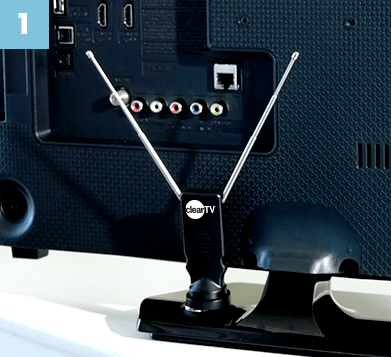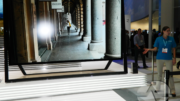DIRECTV’s latest H26K receiver is compatible with the latest and greatest TVs. It even does 4K. It’s the smallest DIRECTV receiver the company has ever done. But with small size comes a tradeoff. Older DIRECTV boxes were just flush with outputs: S-Video, composite, component, HDMI… it was a veritable smorgasbord of output possibilities with a DIRECTV box at one time. That changed when DIRECTV rolled out the H25 receiver. In those smaller boxes, there just isn’t enough room for all those outputs. HDMI doesn’t solve every problem, and DIRECTV knows that.
The AV connector on your receiver
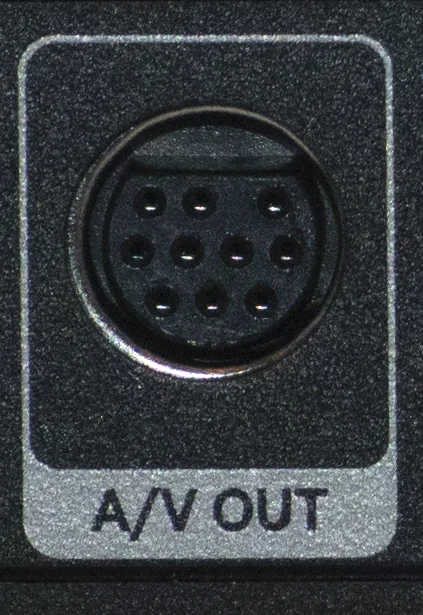
You’ll find a connector like this one on practically every modern DIRECTV box. It’s one source that will provide component video, composite video, and stereo audio in one compact package.
This connector is the answer to your prayers if you need a connection like that. HDMI connections have content protection and don’t work with older TVs. That means that the HDMI connection isn’t a good choice for modulated systems.
Solutions for getting component and composite
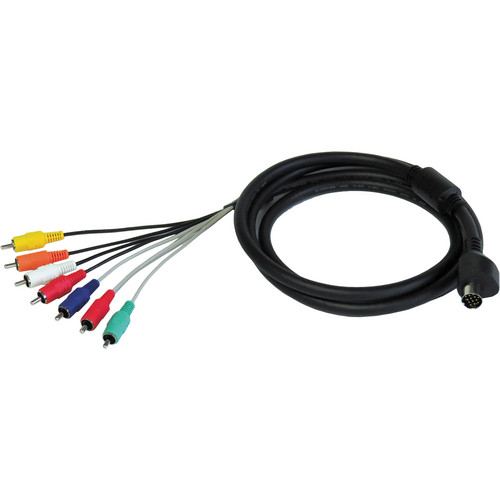
This is one of the best choices. It’s ZeeVee’s “Hydra” cable. It’s built with commercial customers in mind and features durable construction and a reinforced connector. You’ll get all the connections you need. There’s also a version that has the A/V connector on both sides which is used for ZeeVee’s modulators to provide four channels from a 1U package with minimal wiring.
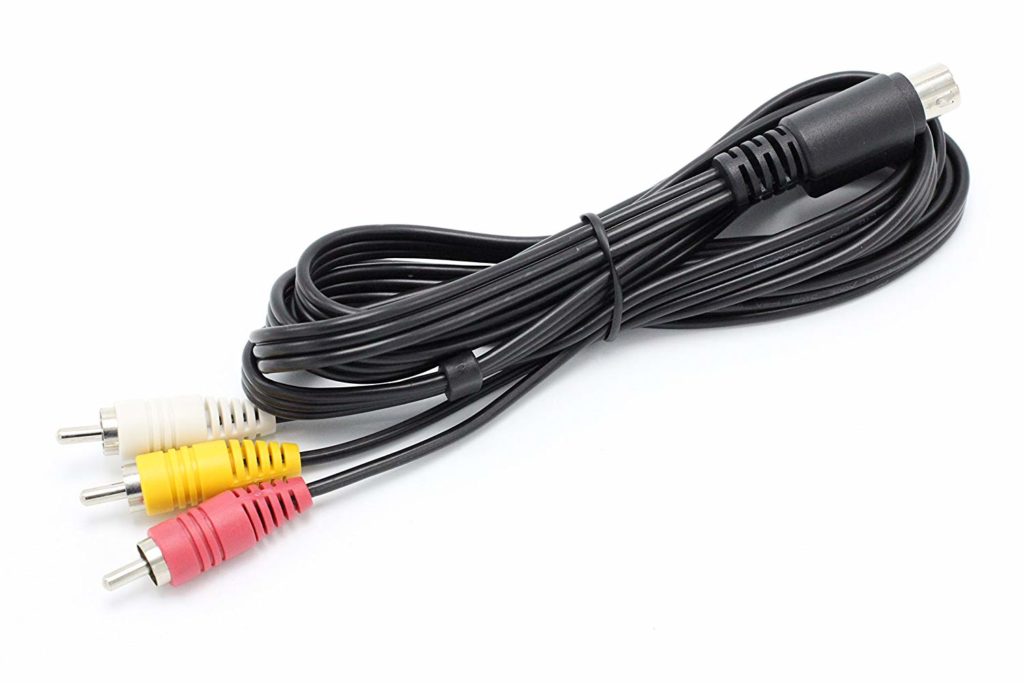
For folks who are looking for a simple way to connect these devices to a standard-definition TV, you’ll find this great budget-friendly alternative. It provides composite video and stereo audio connections in a thin cable that will fit in tight spaces. RVers love cables like this because it lets them get a little more life out of the tube TVs that were built into TVs in the 2000s.
NOTE: The H26K does not do component
Because the H26K supports 4K, it doesn’t support component video. You can use an HDMI-to-component adapter if you can find one — they are hard to find because component is used so rarely — or you can use an H25 if you genuinely still need component connections.
Does anyone still need a component connection?
When HD video was in its infancy, it was a lot harder to connect everything. The most reliable connection was called “component video.” This solution used three RCA cables for video, plus between two and six RCA cables for audio. The cables were very bulky and it was very confusing to use. The cables were color coded, but often times there were two red connectors and that led to a lot of problems when connecting things up.
HDMI cables started to take over in the mid-2000s. It wasn’t just about convenience for the customer. HDMI gave one easy-to-use connection that was a lot more flexible and could work with 4K and new surround audio options. It also incorporated content protection that providers like Disney demanded. While that worked well for homes, it created problems for commercial customers. When you’re using a modulator or a matrix switch, content protection means that a lot of things just don’t work. The answer is to use component connections, which do carry HD but don’t have content protections.
As a result of some backdoor dealings between content providers and TV manufacturers, component connections have almost completely disappeared from TVs. It’s pretty hard to find any accessories for consumer component connections because they’re hardly ever done.
Get your DIRECTV gear from Solid Signal
Whether it’s a cable, a receiver, or the same accessories that DIRECTV installers use, you’ll find it all in one place. Shop Solid Signal for everything you need for every audio, video, and industrial installation. If you need extra help, call us! We’re here during East Coast business hours at 888-233-7563. If it’s after hours, fill out the form below.

